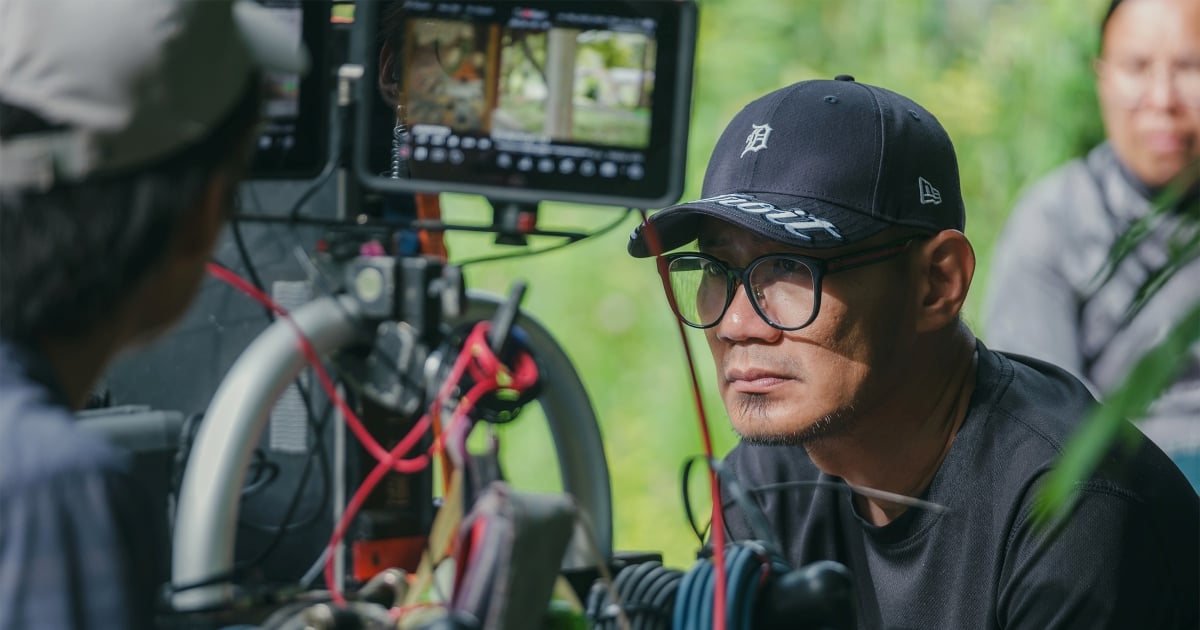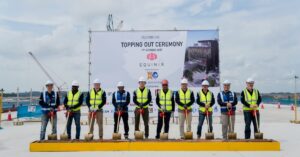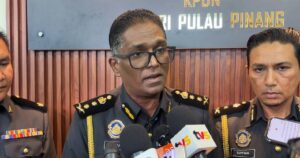THERE is a profound, almost visceral beauty in watching a Malaysian narrative capture international attention — one that seems to carry the very scent of damp soil, the gentle chime of temple bells and the hypnotic sway of rice stalks.
‘Mother Bhumi’, the new film from director Chong Keat Aun, is precisely this kind of cinematic experience: a heartfelt love letter to the land that raised him and the diverse communities that shape it.
The multilingual film, which reflects the rich diversity of Malaysian communities, is the result of a significant collaboration between Malaysia, Hong Kong, Italy and Saudi Arabia.
Set in the late 1990s in Bendang Siam, Kedah, the film highlights the stories of local communities, including the Siamese ethnic group in Malaysia.
FIELD OF FIRST INSPIRATION AND SETTING
When asked about the seminal image that sparked ‘Mother Bhumi’, Chong’s reply is immediate and rooted: “Sawah padi”, or padi fields.
Hailing from Kedah, a state famed for its sprawling rice fields where the horizon seems to exhale, the 47-year-old Chong explains that the padi is far more than scenery, it is the lifeblood of his art.
“The rice field has always been the core of my inspiration since my first film. I was raised in a village surrounded by padi lands,” he says.
This muddy, verdant landscape has become the emotional and geographical compass of Chong’s filmmaking, a place where personal memory, deep-seated myth and daily existence beautifully converge.
The film is set near the Malaysia–Thailand border, drawing its vitality from Kampung Tanjung Musang, the director’s birthplace.
The story follows a woman who works in the padi fields by day and serves as a traditional healer by night.
This intimate setting is a living tapestry woven from Siamese, Chinese, and Malay families — a fluid blend of languages and time-honoured traditions.
In this community, rare regional art forms such as Wayang Gedek, Main Puteri, Mak Yong Kedah, Menora and Mek Mulung are not museum pieces, but the vibrant foundation of community life.
“Those traditions truly opened my mind as a child. They became the basis for how I understand storytelling: something alive, layered, and shared by everyone,” Chong recalls.
AUTHENTICITY, ACCOLADES AND INTERNATIONAL REACH
Chong makes a conscious decision to anchor the film in genuine cultural truth, resisting the urge to romanticise rural life or turn sacred rituals into exotic tableaux.
“Local heritage is often dismissed as ‘kuno’ (outdated). But I view it as a living legacy. It instils a respect for the universe, which is more valuable than just chasing modern progress,” he explains.
This humility permeates every frame, where rituals are presented as sincere communal expressions — scenes where people pray, plant, heal and simply live in harmony with the cycles of the earth.
The film stars international star Fan Bingbing as a Siamese Malaysian woman, alongside Malaysian talents Natalie Hsu, Bai Run-yin and Pearlly Chua.
Chong deliberately set a challenging standard for Fan Bingbing, who had to completely immerse herself in the role.
“She learnt local dialects like Kedah Malay, Siamese and Hokkien. She also participated in a real planting workshop and practised using the traditional ‘kuku kambing’ tool,” Chong says.
This commitment to local authenticity has resonated globally.
The film was recently screened at the 2025 Tokyo International Film Festival (TIFF).
Chong himself is no stranger to international recognition, having won the Best New Director award at the 57th Golden Horse Film Festival in Taipei for his debut feature.
For Chong, the TIFF selection represented both an honour and a responsibility — to “bring home to the world”.
As the film played under Tokyo’s bright lights, he felt the presence of his village, its unique voices, rituals, and histories, travelling alongside him.
“This film belongs to the soil that raised me. To be able to showcase that soil to a global audience — that is my greatest pride,” he asserts.
ENDURING MESSAGE
When asked to articulate the meaning of “true Malaysia” within the context of the film, Chong offers a simple, powerful definition: “Our precious identity lies in diversity and tolerance.”
This concept is subtly captured in a scene where the protagonist’s daughter recites a “pantun Nusantara”, seamlessly bridging Malay and Peranakan heritage.
Concluding the conversation, Chong grows reflective.
“We live on this earth only temporarily. We should let go of hatred and let love guide our lives,” he says softly.
Ultimately, ‘Mother Bhumi’ is a vital reminder of what distinguishes Malaysian cinema: a commitment to patience, poetry and a unique rhythm drawn straight from everyday life.
In an entertainment landscape obsessed with breakneck speed, Chong Keat Aun has paused, letting Malaysia draw its breath through its soil, its people and its timeless traditions.
Through the film, he reminds us that the land still holds countless stories, provided we take the time to listen.
© New Straits Times Press (M) Bhd






